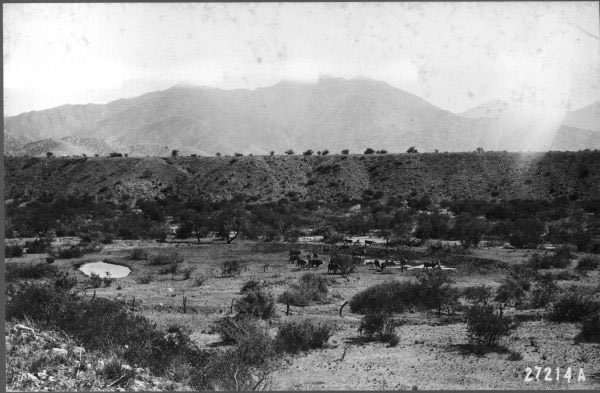By: Zoraida Portillo
Send to a friend
The details you provide on this page will not be used to send unsolicited email, and will not be sold to a 3rd party. See privacy policy.
[LIMA] Indigenous group leaders are questioning whether the UN’s schemes to fund climate change mitigation technology in the global south are doing enough to respect human rights.
During a session at the UN’s climate summit COP 20 last week, Maximo Ba Tiul, a representative of the People’s Council of Tezulutlan, an indigenous group from Guatemala, asked: “Why do our human rights have to be violated to mitigate climate change effects?”
“Why do our human rights have to be violated to mitigate climate change effects?”
Maximo Ba Tiul, People’s Council of Tezulutlan
His question was met with silence in the auditorium.
Much of the discussion that has followed these remarks concerns the Clean Development Mechanism (CDM), a compensation system established to help developed countries meet their climate commitments by investing in projects that reduce carbon emissions in developing countries.
But the construction of the Santa Rita hydroelectric dam in Guatemala, registered as a CDM project, has gone ahead without adequate consultation with the people living in the area — and this has had dramatic consequences for the native Maya inhabitants, according to the People’s Council of Tezulutlan.
The Santa Rita project is the first to be formally reviewed by CDM’s board. After the review was completed in June the board told an indigenous representative that, after careful assessment, it considered the project compliant with CDM requirements.
The dam is located over the Dolores river of Guatemala’s Alta Verapaz region, the only water resource for 30 communities. According to the People’s Council of Tezulutlan and other NGOs working in the area, communities were informed about the construction in Spanish, despite earlier commitments to communicate to them in their own languages.
They were not told why the dam was being built, or the possible problems or benefits it could bring. When the communities opposed it the army was deployed to suppress protest, and construction began.
Since 2009 seven people have died — including two boys aged 11 and 13 — in clashes between the army and villagers opposed to the dam.
At COP 20 several NGOs and civil society organisations have been lobbying state parties to take more account of human rights, especially for indigenous peoples, when making decisions or negotiating climate mitigation and adaptation projects.
For instance, David Estrin, co-chair of the International Bar Association Task Force on Climate Change Justice and Human Rights, suggests incorporating a human rights assessment into all climate change programmes.
The Cancun Agreements reached at the 2010 UN Climate Change Conference issued seven safeguarding guidelines to consider before the start of a climate project, with the overall goal of protecting human rights and the environment.
But some groups such as Carbon Market Watch, which among other activities scrutinises the CDM, say the CDM itself does not have sufficient human rights safeguards built into its operating guidelines.
In the session where Ba Tiul spoke, Hugh Sealy, chair of the CDM executive board, acknowledged that the Santa Rita case has led to efforts to improve safeguards to prevent future conflicts.
“One of the big challenges with safeguards is [that] their principles are too wide. International negotiations need to have a language broad enough to allow all states to adhere to guidelines, but in practice this is dangerous, because guidelines are too vague and so they are kept just on paper,” Juan Carlos Carillo, of the Mexican Center for Environmental Law, told SciDev.Net.
Speaking about another UN mechanism, the carbon transaction process REDD+, Ronny Hansen, policy adviser at Rainforest Foundation Norway, says the “safeguards lack details, developing countries don’t know how to honour them, and many are not respected on the ground”.
The situation is the same with CDM — Sealy admitted that negotiations about rules have not progressed in years, and much remains to be discussed.
“Safeguards should comply with international law, and with human, labour, and indigenous rights”, said Andrea Rodríguez, legal adviser for the climate change programme of the Interamerican Association for Environmental Defense. “So an effective assessment of the implementation and monitoring of safeguards is crucial.”
But Hansen is disappointed with the current state of negotiations. He says developing countries need more clarity on the safeguards, but other countries such as Brazil and Mexico, “just want to close the negotiations” to avoid the benchmark for compliance being set too high.














